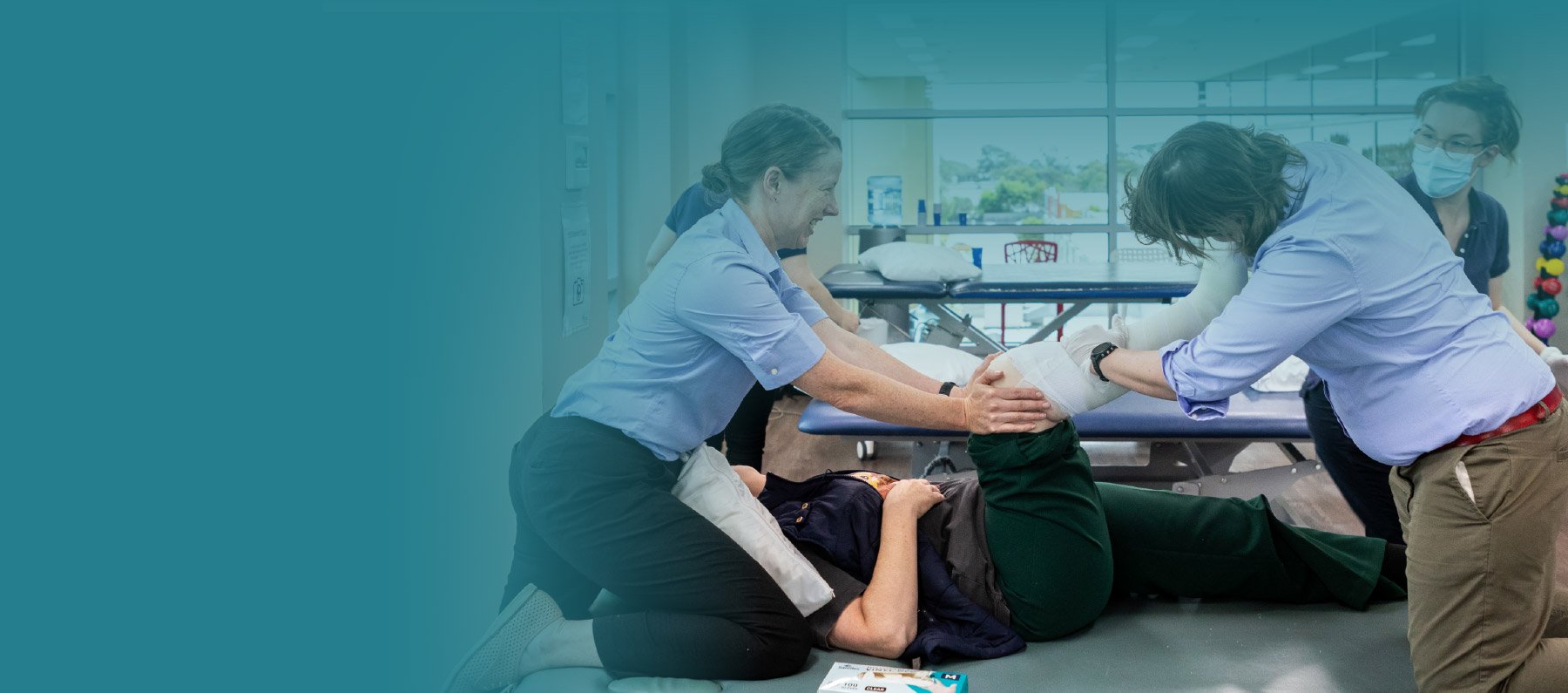
Conditions Treated
ATAXIA
Ataxia is a term to describe the finding of impaired coordination of movement due to sensory, vestibular, or cerebellar dysfunction. Cerebellar ataxia's can be broadly classified into acquired (stroke, infection, diet, or toxin related), genetic (such as CANVAS, spinocerebellar ataxia, mitochondrial ataxia, Fredrich's ataxia) or sporadic ataxia (multisystem atrophy, idiopathic late onset cerebellar ataxia). Symptoms of cerebellar ataxia include; difficulty with balance or walking, dizziness, double vision and changes in eye movement, slurred speech, tremors, difficulty controlling the movement of the arms, legs or trunk, and changes to muscle tone. Some may also experience changes to their sensation or sense of touch, vision, sleep, swallow, bladder, cardiovascular system, cognition, and emotional health.
What We Offer
At the Neurological Rehabilitation Group, we can help to improve your quality of life,maximise your function and provide you with tailored treatment plans directed towards achieving your goals. Our therapists are skilled in assessing and treating clients who present with ataxia. They will provide you with a comprehensive assessment of the body systems affected in your specific case and use their analysis skills to look at your movement patterns, muscle strength, sensation or sense of touch, coordination of movement, balance, eye movements, tremor and abnormalities of muscle tone or spasticity. They may also look at your posture, alignment, and body awareness as well as your functional abilities in lying, sitting, standing, walking, stair climbing or running where appropriate.
Our therapists see a variety of people who are recovering or managing their symptoms of ataxia and provide specialised treatment depending on the client’s goals and current situation. This may include:
Education to facilitate a greater understanding of your health living with ataxia
Hands on facilitation techniques to improve your ability to activate your muscles or achieve better movement patterns
Balance retraining which may also involve floor transfers in the event of a fall
Mobility practice including exploring new functional skills such as transfer, standing, walking training or stair climbing practice
Upper limb rehabilitation to help improve coordination of your large and small movements of your hands
Carer training to facilitate skill practice at home and identification of barriers to implementation
Develop a tailored program including stretching, strengthening and cardiovascular training to complete at home, your local gym or in clinic using our wide range of equipment. This may involve a program with one of our exercise physiologists
Equipment recommendations and trials such as weighted vests and ankle cuffs, gait aids or orthoses which may require referral to your local or our specialty orthotic clinic
Advice and treatment regarding spasticity management where appropriate (see our spasticity clinic for more information)
Review and prescribe wheelchair, seating systems or equipment via our specialist posture and seating clinic
Off-site hydrotherapy
Ataxia specific exercise group exercise classes (for more information refer to our group page)
Our therapists can refer or liaise with health professionals involved in your care including your medical team, speech therapy, occupational therapy, dietitians, orthotists, or neuropsychologists. They will also liaise with your appropriate funding bodies to support your needs.
For more information:
Home - National Ataxia Foundation
Australian Cerebellar Ataxia Registry - Translational Medicine (monash.edu)
